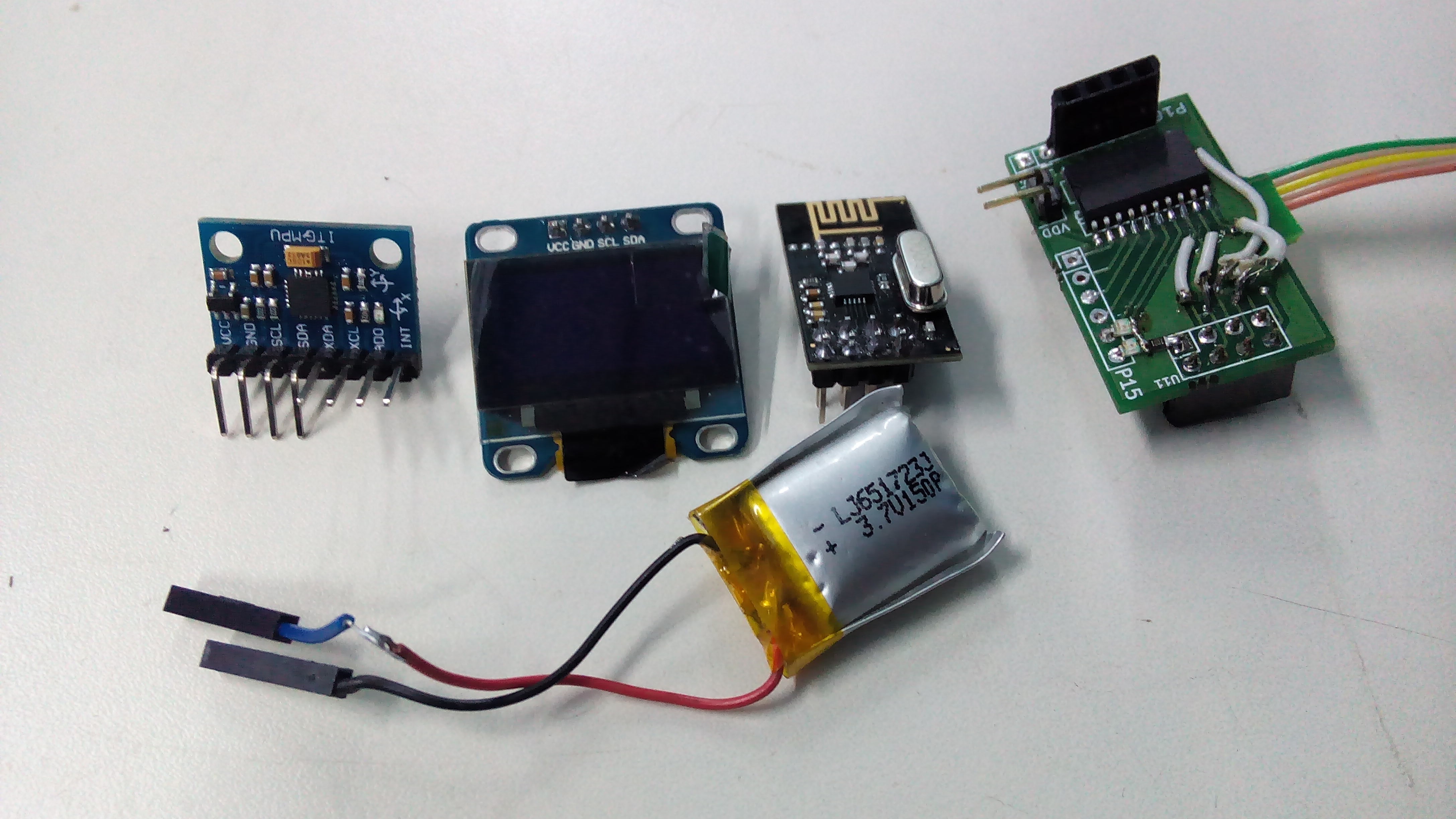An easy to use RF link can be a very valuable addition for large scale experiments with multiple data acquisition points spread out over a wide area that rules out the use of wires due to hassles/expenditure/nature of the data.
The NRF24L01+ radio modules offer data rates up to 2MbPS, and configurable addresses with up to five bytes each. So, technically speaking, you can implement more nodes than you'll ever need.
Here's a demo. There's no sound, but I've tried to make up for it by annotating the whole thing.
The master radio transmits using the ShockBurst mode, and the slave nodes acknowledge along with Payloads that contain whatever data they had been instructed to gather. They also handle dropped packets gracefully by attempting a few retransmits without user firmware intervention.
Here's everything that went into making the slave node prototype featured in the video.

The PIC used has a shared SPI, I2C peripheral module, so each time I2C data is required, a quick pin remapping is carried out to switch between the I2C sensor and the SPI NRF radio.
 Jithin
Jithin
Discussions
Become a Hackaday.io Member
Create an account to leave a comment. Already have an account? Log In.